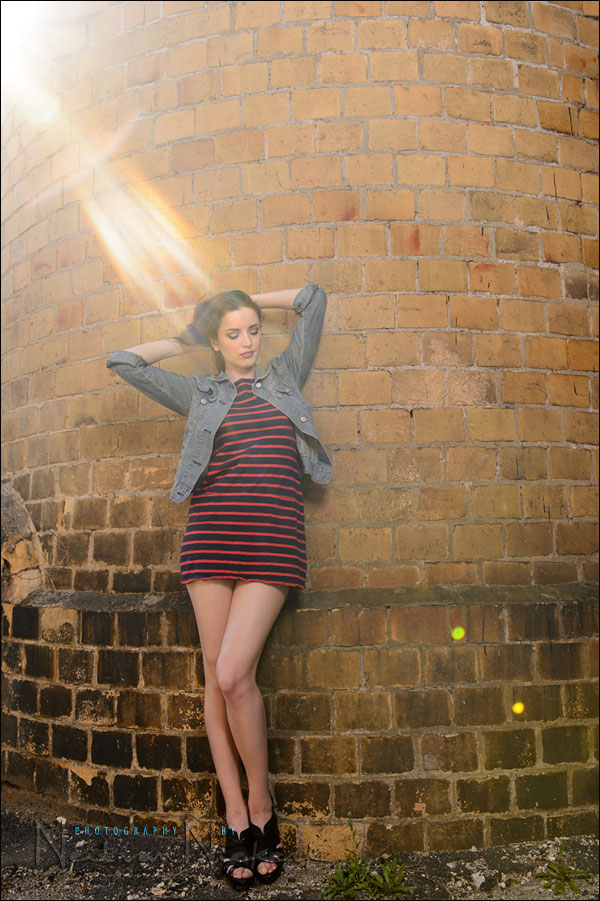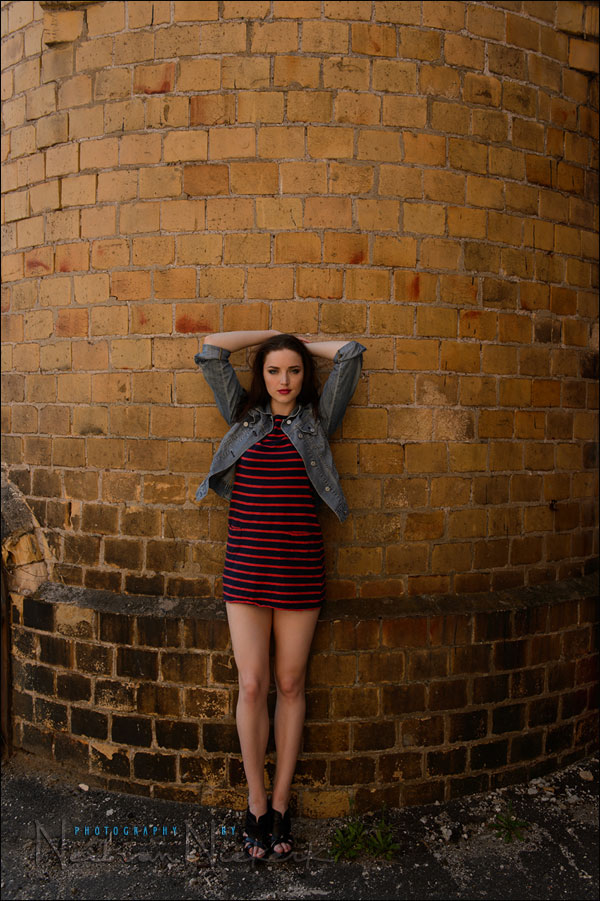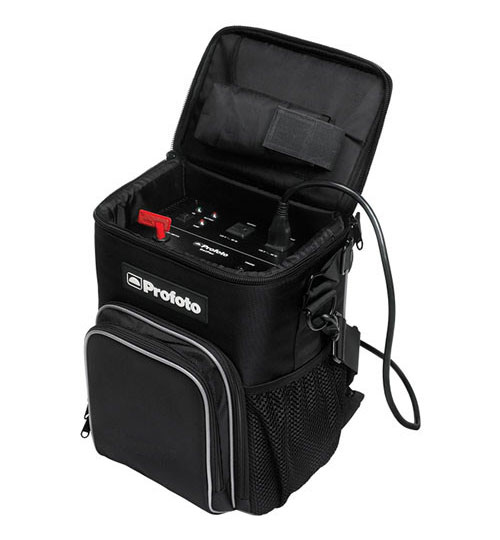
Photographic composition – A few guidelines (but no rules!)
“There are no rules for good photographs, there are only good photographs.” – Ansel Adams
For me, if a photograph is intended for an audience, and not just my own records and memories – then its success hinges around impact. Does the photograph make you stop for a few seconds at least to take it in? Then you’re at least in part successful already with the portrait. With portraits so many elements kick in to make a photograph resonate with us: The moment. The expression. Gesture. Movement. Pose and position. Lighting.
In terms of composition, I strongly feel that one should react in an instinctive way. Look at the subject and scene and respond without the mechanical decision-making that all the rules of composition brings into play – the Rule of Thirds, diagonals, mathematical formulae, the Golden Mean, and so on.
Instead, take your time to look at what is actually presented in the viewfinder. Scan the whole frame; look at the sides and corners.
Is everything that you see, everything that you want? Is this the best way that the subject can be represented? Do you need to re-frame or move to another position?
The composition of this photograph of Anelisa can be analyzed in terms of the usual guidelines:
– negative space above her,
– the diagonal line implied by her arms,
– balanced by the S-curve to her pose,
– the vertical line by her body being (approximately) on a line of a third of the frame.
There is also the strong visual dynamic with her face more or less central to the frame, the curve of this industrial chimney structure pulls your eye towards the center.
All these things do appear in analyzing the image after-the-fact. But during the time of taking a sequence of images here, the decison wasn’t step-by-step like that. It was much more that instinctive recognition that, “hey, this looks good!
And, for me, that should be what determines the composition – does it look good, and does it add to the photograph’s impact.

I tried a few sequences with the sun flaring. I positioned the sun right at the edge of the frame, and just peeking out behind the edge of the chimney stack.
Here is the same photo as at the top, but without the additional post-processing.

camera settings: 1/250 @ f/5.6 @ 200 ISO
The comparison photo without the flash, was about 2 stops under-exposed in terms of the ambient light.

Photo gear (or equivalents) used in this photo session
- Nikon D4
- Nikon 24-70mm f2.8G AF-S / Canon 24-70mm f/2.8L II
- Profoto D1 Air 500 Ws studio light
- Profoto BatPac portable battery
or alternately, the Profoto B1 500 Ws AirTTL portable flash - Profoto beauty dish with a 22″ sock for a beauty dish
- Manfrotto 1004BAC – tall light-stand
For on-location work, I’ve been using the Profoto Acute B2 600 Ws powerpack (affiliate), and it works like a charm:
– Shooting wedding photos in the mid-day sun
– Wedding photography – Lighting large groups with a large light
For many situations where you use a simple lighting setup (ie, just one large light source), it is perfect. The only downside to the AcuteB2 600R is that it is just one light.
On photo shoots where I need two lights, I’ve used the studio lights, Profoto D1 Air 500 Ws studio light (affiliate), but these then need an external power supply, away from the studio. This meant that the Profoto BatPac portable battery (affiliate) was ideal, offering two AC outputs. It offers enough juice to run two Profoto D1 500 Ws monolights for quite some time.
Of course, for Profoto users, this has now been made redundant by the Profoto B1 500 Ws portable flash (affiliate), which is a 500 Ws portable flash unit. Compact and powerful.

The pull-back shot, showing the Profoto BatPac portable battery (affiliate) driving a Profoto D1 Air 500 Ws studio light (affiliate). The Profoto beauty dish with a 22″ sock for a beauty dish (affiliate), was the main light.
review: Profoto BatPac portable battery
I’ve used the Profoto BatPac portable battery (affiliate) with the Profoto D1 units, and also when using the Litepanels Sola 4 LED lights outside of the studio.
The operation of the Profoto BatPac is simplicity itself:
There is a red key that you turn to switch the pack on / off.
There are two AC outputs that can do either 110V or 240V.
And LEDs to show when it is switched on. Really simple.
It comes in a handy carry bag that can also be carried on your shoulders. It’s heavy though – around 25 lbs. The carry bag feels very strong though.
There are two long power cables that come with this unit.
The specifications reveal just how strong this battery pack is:
The Profoto BatPac Portable Power Source (Multi-Voltage) is a location photographer’s friend: a compact, lightweight high capacity battery for powering D1 and Acute2 flashes. At approximately 10 x 10 x 14″ and under 25 lbs, this power pack will give you between 600 and 10,000 flashes with a D1 500Ws strobe, with recycling times from 0.3 to 1.6s, using a durable, rugged Pb battery (12V/17Ah). A multi-voltage unit, it can operate using either of the two available power outlets: 120V or 230V.
It certainly does the job well, as you’d expect from the price. It’s kinda hefty in that regard too.
For me, I feel this battery pack is going to be a useful addition to future on-location lighting setups.


Wow! Anelisa more beautiful than ever.
Love the light you get from the ProFoto lights. I’ve been thinking of trying out the batpack on one of my next shoots. I didn’t realize it had two outputs. Could be very useful and easier to haul around than the 7b I usually take on remote shoots!
Beautiful shots, Neil. Great model, too.
Nice shots, and interesting about the battery pack. Why isn’t there a stronger shadow on the wall behind her?
Paul, I have no real explanation other than that is how it appeared with that lighting setup.
I believe that pictures that work by breaking the rules are the best pictures out there. Like wine with “flaws”, they have much more character and they stand out and are that much more memorable.
And let me join the Anelisa fan club–she does indeed add to every shot because she is so relaxed and “normal”. She fits in, she adds her personal touch– it’s like the subtle spice and final garnish on a exquisite dish–she adds that finish.
Back to rules, you need to learn and know them, they you can break them for a reason!
Great photos, but i’m sure you don’t need telling again :-) There again it never hurts :-)
I was so pleased to read that when you see an image you take it because you think it will look good. As I often think I must be doing something wrong because when people ask me what I take photos of I say this and that – just whatever catches my eye and makes me think it would look as an image.
Gaz
“There are no rules for good
photographs, there are only good
photographs.” – Ansel Adams
Is this really true?
I think is not true.
Photography is a strange form of art.
It’s art but you must know rules and
technical stuff in order to create not good but stunning images.
it’s all about the light
and for this reason i love your blog
and books.
And photography is a lifetime experience,you learn something new every day.
Digital cameras are like the ford model T in automobile history. it’s a huge change.
Today we have a cheap way to learn and master your photographic skills.
I hate only one thing about this new era of photography.
I hate everyone that after one day with a digital camera in their hands they are “photographers”
No my friend. It’s possible to understand the rules of photography in one month but to master the light everyone needs years of experience.
About the gear:
Does profoto TTL works well with Nikon cameras?
if i remember well till no long ago profoto TTL worked only with canon camera.
am i correct?
Neil, have you shot with Einsteins? It would be interesting to hear a comparison between the B1 and an Einstein.
Nope, I’ve only ever used Profoto gear for larger more powerful light.